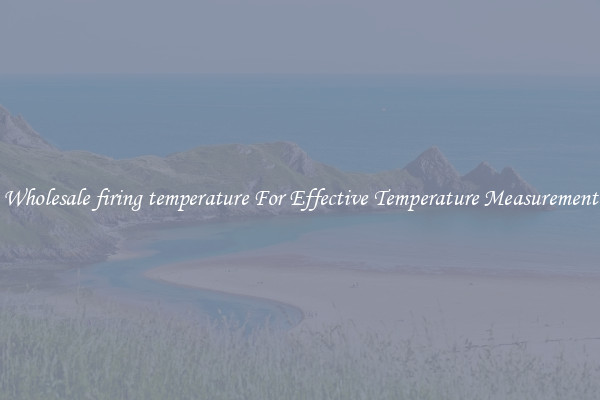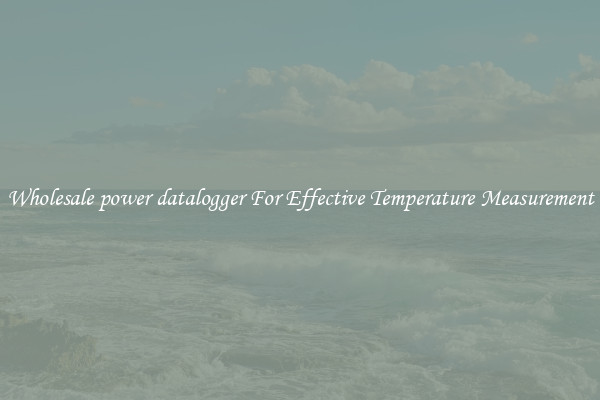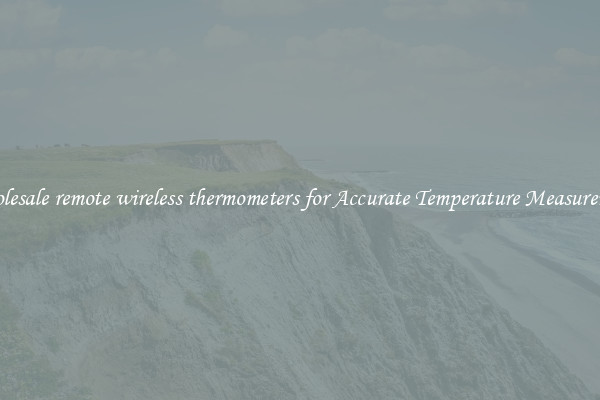Wholesale firing temperature For Effective Temperature Measurement
Wholesale Firing Temperature for Effective Temperature Measurement

Temperature measurement is an essential aspect of various industries, including manufacturing, scientific research, and engineering. Accurate temperature measurement is crucial for ensuring product quality, process optimization, and overall safety. Wholesalers play a significant role in providing temperature measurement devices to these industries, and one crucial factor to consider is the firing temperature for effective temperature measurement.
The firing temperature is the temperature at which a temperature sensor is calibrated or tested to ensure its accuracy and stability. It is a critical parameter that determines the reliability and precision of a temperature measurement device. Wholesale suppliers must guarantee that their temperature sensors have been subjected to adequate firing temperatures to maintain accurate results.
The firing temperature has a direct impact on the sensitivity and linearity of temperature sensors. A sensor that has been calibrated at a low firing temperature may exhibit errors at high-temperature ranges, leading to inaccurate measurements. Similarly, a sensor calibrated at high firing temperatures may result in errors at low-temperature ranges. Therefore, it is crucial to determine the optimum firing temperature for a specific sensor to achieve consistent and precise temperature measurements across different ranges.
The firing temperature also affects the stability and long-term performance of temperature sensors. A sensor calibrated at the appropriate firing temperature has better resistance to drift, ensuring reliable measurements over extended periods. However, using a sensor calibrated at an improper firing temperature can lead to measurement errors and reduced sensor lifespan.
Different types of temperature sensors may have different firing temperature requirements. For example, thermocouples, which are widely used in high-temperature applications, may require higher firing temperatures to ensure accurate measurements. On the other hand, resistance temperature detectors (RTDs) may have lower firing temperature requirements. Wholesalers should be aware of these differences and ensure that the sensors they provide are calibrated at the optimal firing temperature for each type.
To guarantee effective temperature measurement, wholesalers should consider partnering with reputable manufacturers and suppliers who prioritize calibration and firing temperature control. This ensures that the temperature sensors they offer are of high quality and meet the required standards.
In conclusion, firing temperature is a crucial factor to consider for effective temperature measurement. Wholesalers should ensure that the temperature sensors they provide have been calibrated or tested at the appropriate firing temperature to achieve accurate and reliable results. By partnering with reliable manufacturers and suppliers, wholesale companies can guarantee the quality and performance of their temperature measurement devices, thereby meeting the needs of various industries and promoting overall safety and efficiency.

View details

View details

View details

View details








